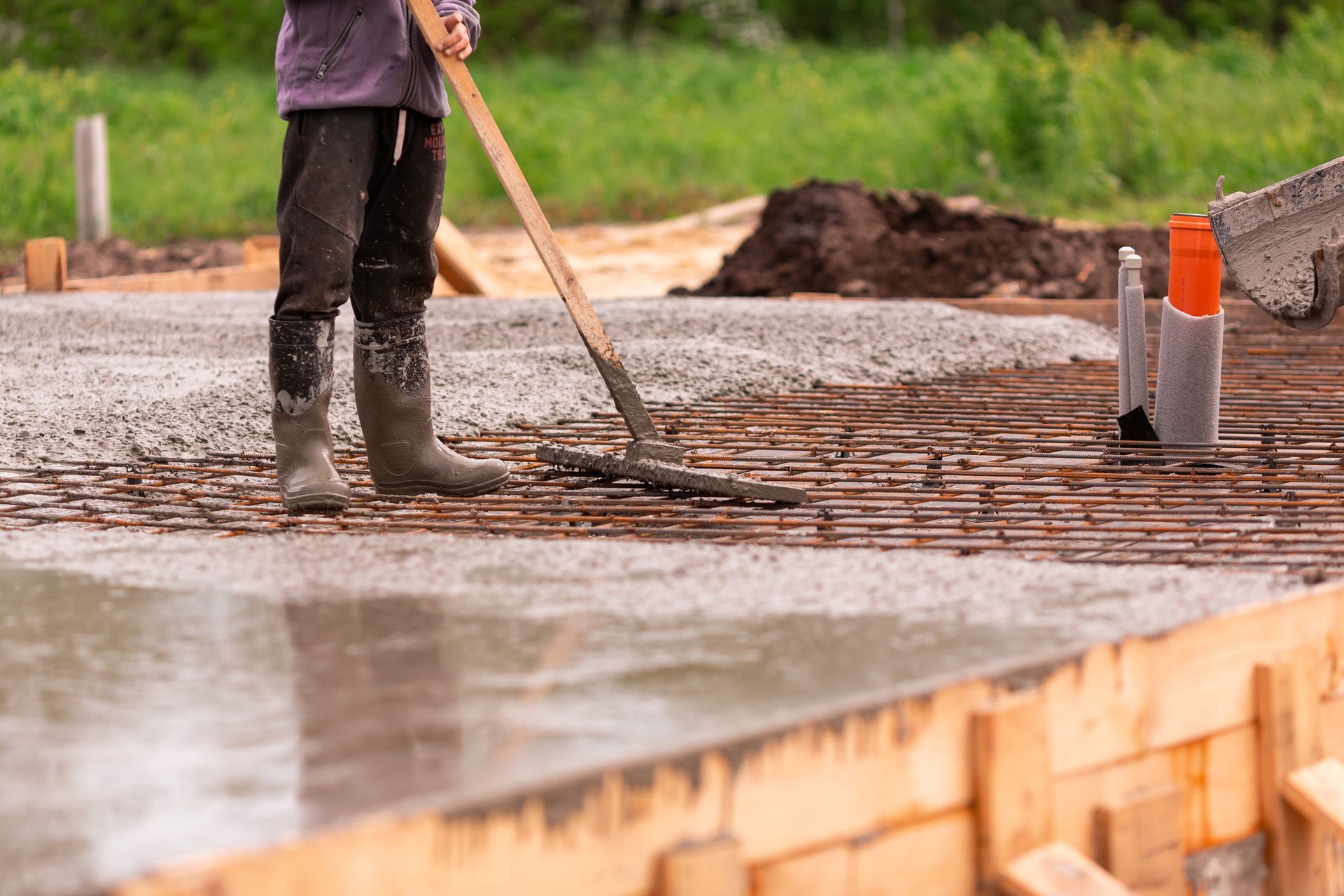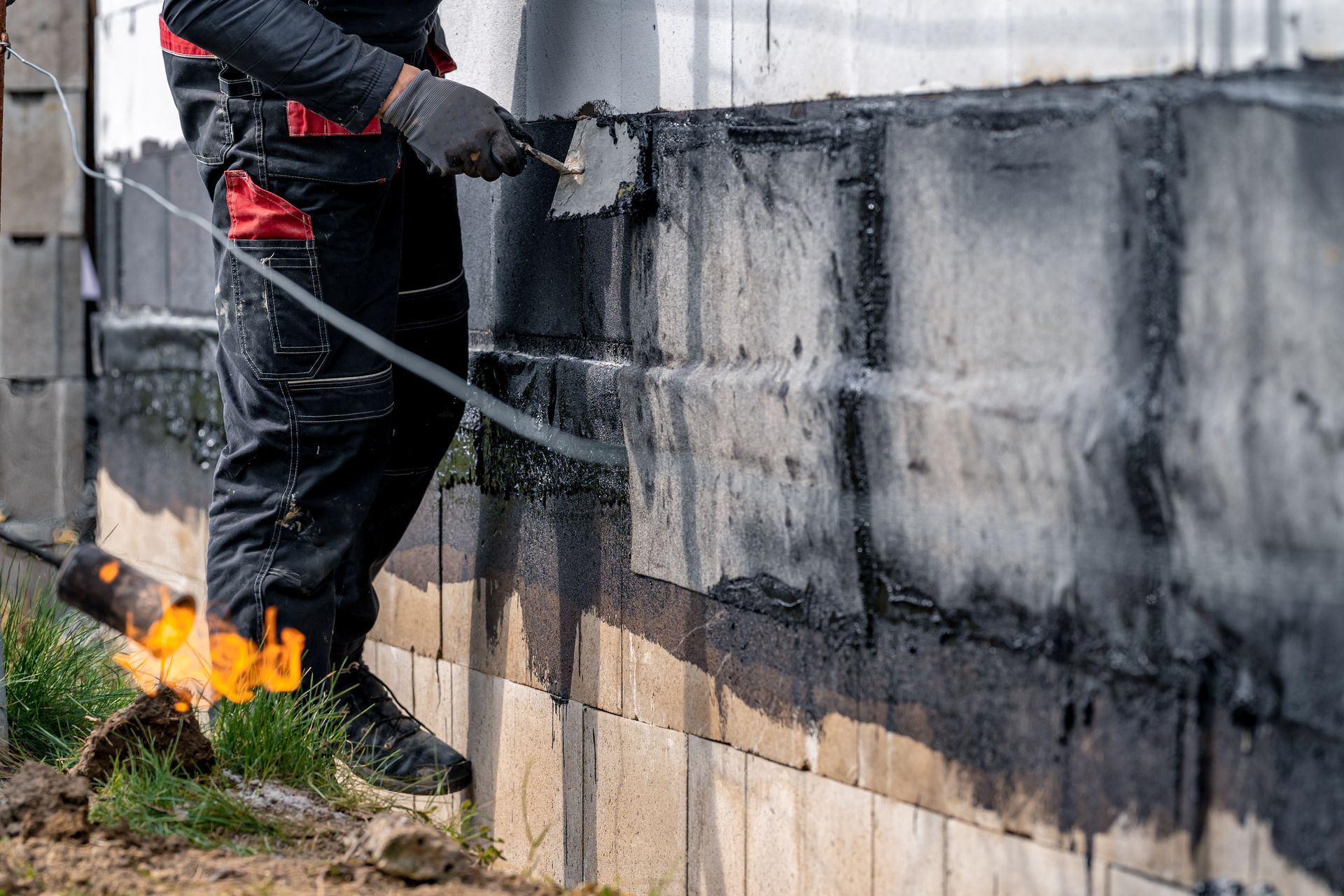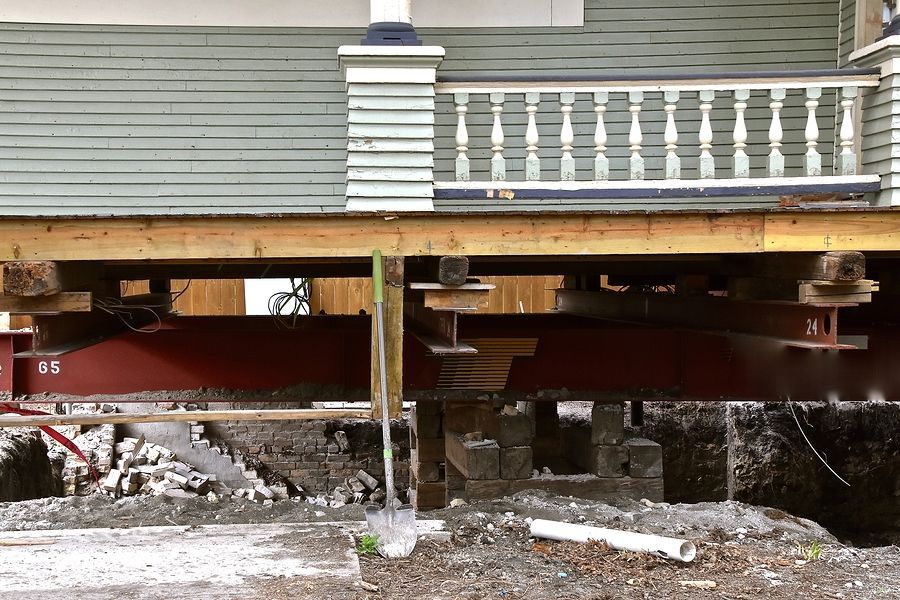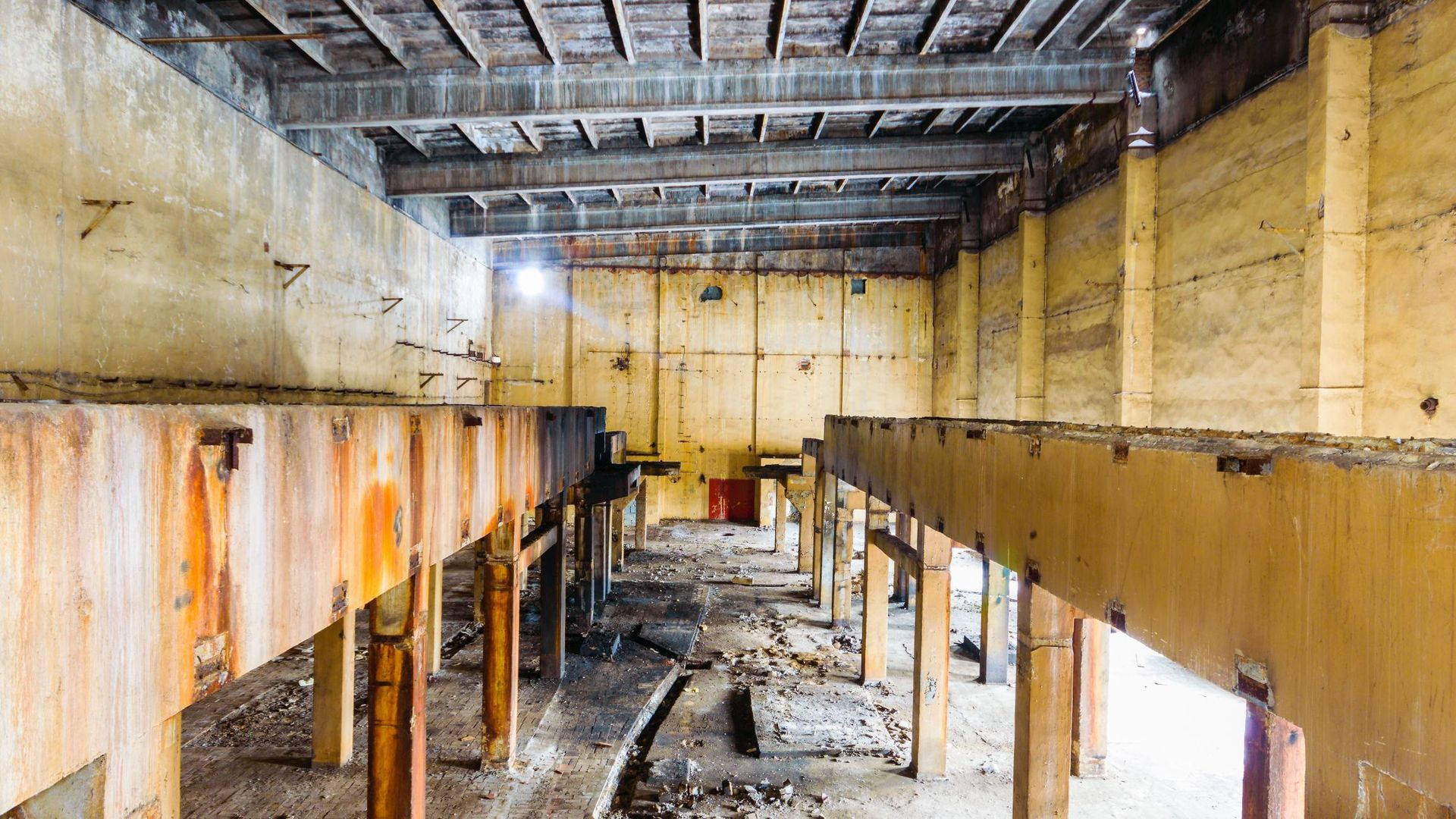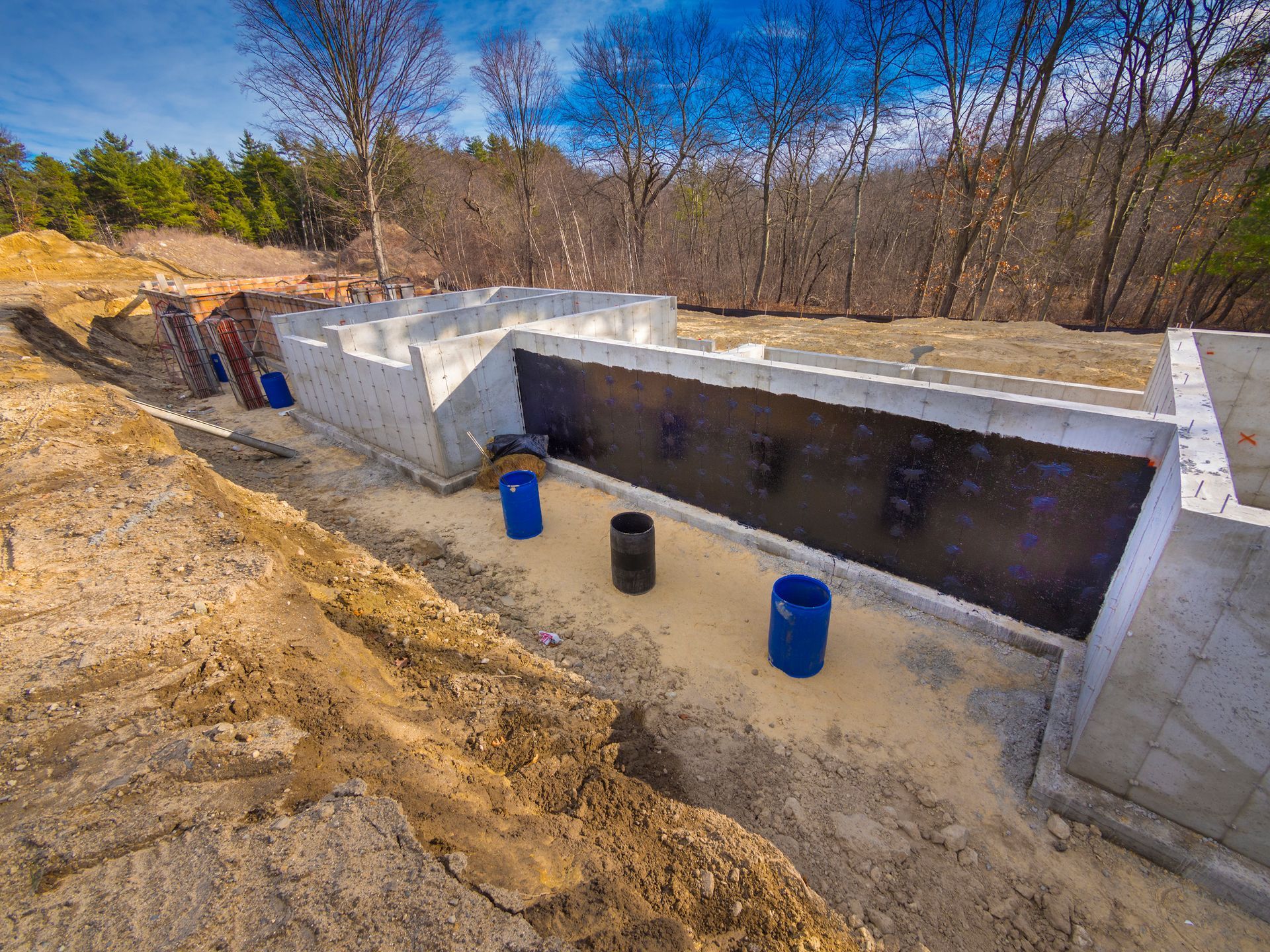Underpinning Unveiled: A Step-by-Step Guide to Securing Your Foundation
Securing Stability: The Essential Guide to Foundation Underpinning
In the world of construction and home maintenance, ensuring the stability of a building's foundation is paramount. Foundation underpinning is a critical procedure employed when the original foundation is not strong or stable enough to support the structure. This comprehensive guide delves into the intricacies of foundation underpinning, offering a step-by-step approach to safeguarding your building’s base.
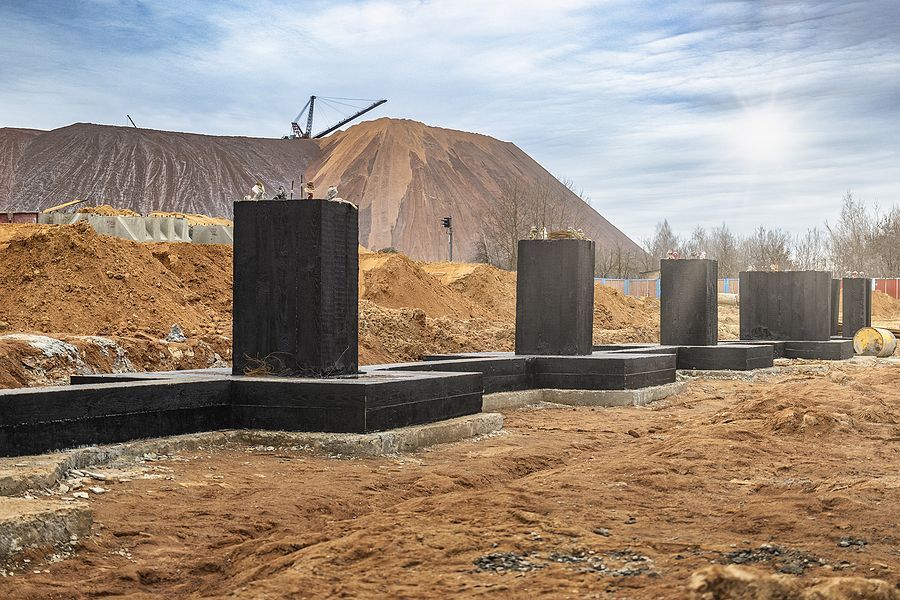
What is Foundation Underpinning?
Foundation underpinning is the process of reinforcing an existing foundation to increase its strength and stability. This procedure is essential in situations where the soil beneath the foundation has shifted, when the original foundation is found to be inadequate, or when the use of the building has changed requiring it to support more weight.
Why is Underpinning Necessary?
Soil Instability: Changes in the soil composition or moisture content can lead to foundation settlement or movement.
Increased Load: Adding more floors or structures can increase the load on the existing foundation.
Construction Errors: Original construction flaws or inadequacies in the foundation need rectification.
Natural Disasters: Earthquakes, floods, and droughts can compromise the foundation's integrity.
Identifying the Need for Underpinning
Before diving into the underpinning process, it's crucial to recognize the signs that your foundation may need reinforcement:
- Cracks in walls or floors
- Doors or windows that stick or won't close properly
- Uneven floors
- Gaps between walls and floors or ceilings
The Step-by-Step Guide to Foundation Underpinning
1. Evaluation and Planning
The first step involves a thorough evaluation of the foundation by a structural engineer to determine the need for underpinning and the most suitable method. This phase includes soil tests to understand the soil characteristics and to design an effective underpinning solution.
2. Choosing the Right Underpinning Method
Several underpinning methods are available, each suited to different situations:
- Mass Concrete Underpinning (Pit Method): This traditional method involves excavating sections beneath the foundation and filling them with concrete in a sequential manner.
- Beam and Base Underpinning: A more modern approach, creating a reinforced concrete beam below the existing foundation to distribute the load to a more stable soil layer.
- Mini-Piled Underpinning: Suitable for deep foundations, this method uses piles driven deep into the ground to transfer the load to stable soil layers.
3. Obtaining Permits
Before starting the underpinning process, it's necessary to obtain the required permits from local building authorities. This step ensures that the project complies with local regulations and standards.
4. Preparing the Site
Site preparation involves setting up access for excavation and underpinning work, including the removal of obstacles and ensuring the safety of the work area.
5. Execution of Underpinning
The chosen underpinning method is executed step by step, under the supervision of experienced professionals. It's crucial to monitor the process closely to ensure the structure's stability throughout the procedure.
6. Quality Checks and Finishing
Upon completion, thorough checks are conducted to ensure the integrity and strength of the underpinned foundation. The site is then restored to its original condition, or better, with attention to landscaping and aesthetic details.
Maintenance and Monitoring
After underpinning, it's important to monitor the foundation and surrounding areas for signs of movement or stress. Regular maintenance checks can help identify and address any issues early on.
Conclusion
Foundation underpinning is a vital procedure for maintaining the stability and safety of buildings. By following this step-by-step guide, property owners can understand the process involved in securing their foundation. Remember, the key to successful underpinning lies in thorough planning, choosing the right method, and engaging with experienced professionals to execute the work.
Securing the foundation of a building is not just about immediate fixes but ensuring the long-term stability and safety of the structure. With the right approach, underpinning can significantly extend the life of a building, providing peace of mind to its occupants and owners alike.

